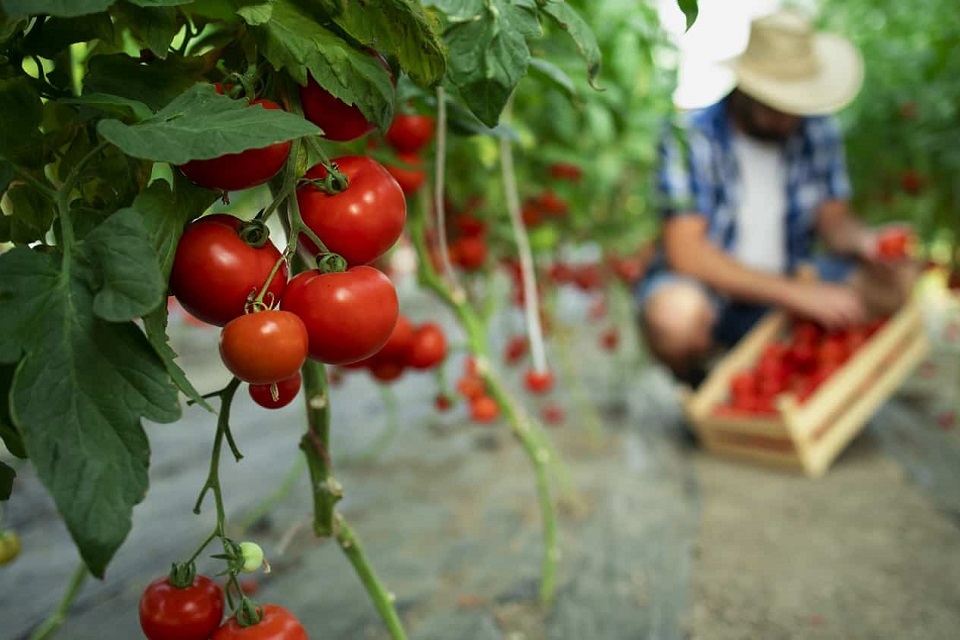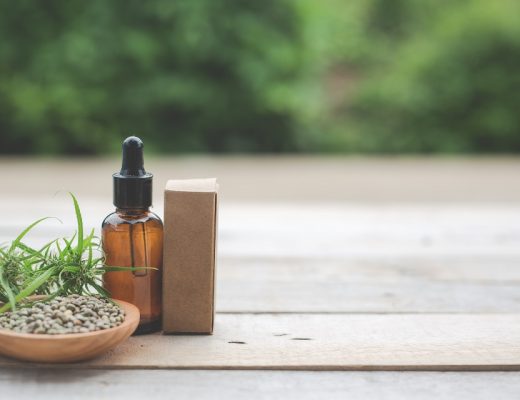If you want to grow the best tomatoes in the shortest amount of time, a complete guide to using tomato fertilizer is an excellent option. While various fertilizers are available, they all have different benefits and drawbacks. This article will discuss organic fertilizer, quick release, Compost tea, and fertilizer spikes. Using these products will maximize your plants’ potential and minimize waste. Here are some tomato fertilizer guide and tips!
Quick-Release Fertilizer
When you’re planting tomatoes, one of the most important decisions you have to make is using a slow-release or quick-release fertilizer. Quick-release fertilizers are fast-acting, providing nutrients to your plants immediately. Slow-release fertilizers take more time to work but are beneficial for plants that have low soil pH levels. Soil testing will determine which type of fertilizer is best for your garden. If you don’t do soil testing, you can choose a slow-release fertilizer or compost.
Depending on the number of nutrients you want your tomato plants to receive, you can choose a quick-release fertilizer that will feed your plants slowly or use a slow-release fertilizer for maximum results. There are two main types of tomato fertilizer: organic and non-organic. The nutrients are broken down by beneficial soil microbes and released slowly to your plant’s roots.
Organic Fertilizer
Unlike other garden fertilizers, organic tomato fertilizer contains only naturally occurring plant and mineral matter, whereas inorganic fertilizers come from petroleum industry byproducts. While nitrogen behaves the same regardless of source, inorganic fertilizers may not be as beneficial for the environment. Organic tomato fertilizer materials are 100% biodegradable, which means that the chemicals used in their manufacturing will not harm the environment.
It is essential to know the exact ratios of nutrients in the fertilizer. Look for an NPK (nitrogen-phosphorous-potassium) ratio and the amount of filler material each ingredient contains. Follow the guidelines for the proportion of each nutrient in the fertilizer, as a too high or too low ratio can cause plants to grow too large or too bushy. The best fertilizer contains a balance of all three minerals in proper amounts.
Compost Tea
Making your compost tea is easy and can be stored in a shed or garage. This natural fertilizer is not toxic but can get young children and pets dirty. It is safe to use on all types of plants, including tomatoes, and it is easy to make enough to fertilize your entire garden for several weeks. The finished tea has an earthy, coffee brown color and bubbles on the top. Before using it, make sure it is not sprayed directly on edible plant parts.
When making compost tea, you should use a bucket of at least 5 gallons in volume. Add about 1 cup of compost per gallon of water. Use a nylon stocking or porous cloth to strain the compost. Be sure to stir the compost tea constantly with a stir stick or a spoon to ensure the compost is thoroughly mixed with water. Add supplemental additions to your compost tea a couple of hours before planting your tomatoes.
Fertilizer Spikes
Providing proper nutrition for your summer garden is crucial, but many of us don’t have the time to do it properly. Tomato fertilizer is messy and challenging, but fertilizer spikes take the guesswork out of it! These convenient tools work underground, so they won’t wash away or cause an odor. Plus, you can use them more than once! Here are a few benefits of tomato fertilizer spikes.
To use tomato fertilizer spikes, place them in the soil around the drip line of your plants. The points will promote root growth towards the fertilizer. Be sure to follow the instructions that come with the product. You can also apply tomato fertilizer at the end of the growing season. Again, just follow the directions, and you’ll be ready to plant your tomato crop! And, don’t forget to water your plants well!
Rotating Crops
Rotating crops is important because different plants take up different amounts of nutrients, carbon, and oxygen. By rotating crops, you give the soil time to recover and don’t place undue pressure on it. By alternating your crops, you’ll increase yields, add nutrients, and improve soil aeration. Rotating plants also prevent diseases from developing in the soil. This way, you’ll be able to reap all of the benefits of tomato fertilizer.
After planting tomatoes, decide on the following crop. Some people choose a legume such as radish, while others prefer a root crop, like carrots or beets. All of these crops contain nitrogen, which tomatoes love. In general, you shouldn’t plant potatoes after corn because this will increase the likelihood of scabs. But if you’re trying to keep your crop yields high, you can follow the potato crop with a legume.
Watering Techniques
One of the best methods for successfully using tomato fertilizer is by applying it directly to the plant’s leaves. If you’re using granular fertilizer, you should apply it over the soil instead of directly on the leaves. Follow the manufacturer’s instructions to apply the fertilizer. Unfortunately, many growers use too much or too little. To avoid these problems, follow the instructions on the fertilizer’s label.
After fertilizing your plants, you should start watering them. However, you must be careful not to overwater them, as overwatering will cause the roots to rot. Instead, water them just a few inches around their stem. This will prevent water from washing away the soil near the stem, which is particularly essential for tomatoes that are not supported externally. However, if you do this, you can ensure that your tomato plants will be healthy.








No Comments